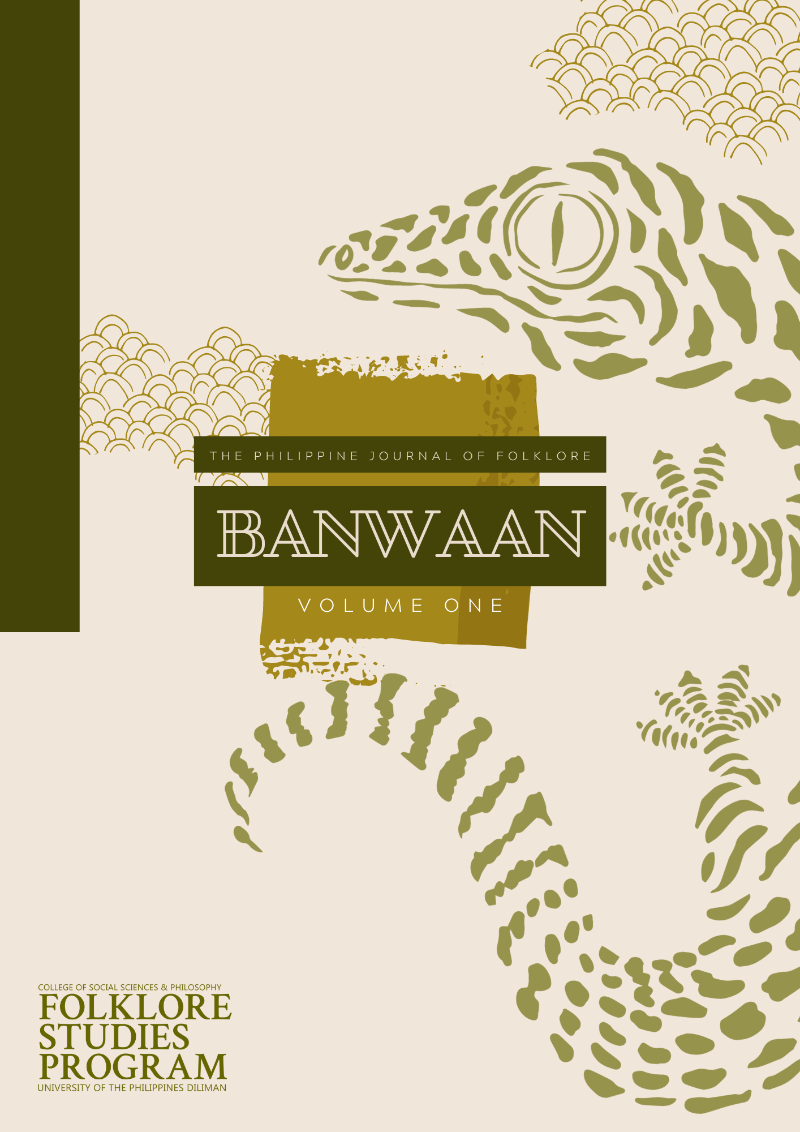Folk Devotion in the Waterscape of the Pasig River: The 1653 and 1748 Fluvial Processions of the Nuestra Señora de la Paz y Buen Viaje
Abstract
The Nuestra Señora de la Paz y Buen Viaje or Our Lady of Antipolo is one
of the most prolific Marian sites or devotions in the Philippines. The
image of Our Lady of Antipolo also served as the patroness of some
galleon ships during the 17th and 18th century. The return of the image
to its shrine in Antipolo would be occasions for a fluvial procession along
the Pasig River. This paper analyzes the 1653 and 1748 fluvial
processions of the Nuestra Señora de la Paz y Buen Viaje along the Pasig
River as documented by Pedro Murillo Velarde S.J., which were
reprinted in 1887 as the Historia de la Nuestra Señora de la Paz y Buen
Viaje. The detailed descriptions from this account captures the
waterscape of the Pasig River during the procession, which Velarde
compares to a theater because of the great number of people in
attendance. The account also details the performance of folk devotion
particularly from the Tagalog towns participating in the procession. By
focusing on the Pasig River, this study brings to the fore the value of the
river as a cultural-religious space unifying the Tagalog towns that
complete its waterscape. Lastly, the conclusions of this study highlight
the communal experience of the procession and the role of popular
devotions in the articulation of folk culture and identity especially during
early modern colonial Philippines.
Keywords: Our Lady of Antipolo, Pasig river, fluvial processions, folk
devotion, waterscape


